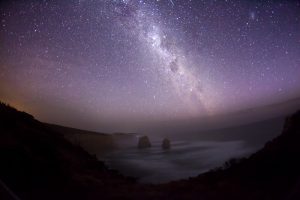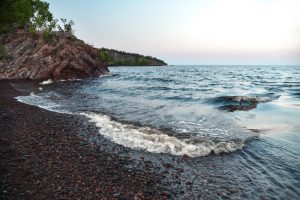The Arctic Ocean is the smallest ocean on the planet. With a total surface of 14 million square miles, it represents the most interesting ocean as its reduced size doesn’t mean it’s easy to explore. The Arctic Ocean largely remains unexplored as it is covered by ice most days of the year.
How small is the Arctic Ocean?
The Arctic Ocean is located in the Northern Hemisphere encompassing the North Pole. It stretches down to 60°N. This ocean is bordered by North America, Europe, and Asia at its Southern shores.
The Arctic ocean is 5.4 million square miles on the surface. To put it into perspective, it is one and a half times larger than the United States. This ocean has incredible wildlife. It features a distinct name from the Greek word of ‘bear’ which translates into the Arctic. It represents the name given by the first explorers who saw the polar bear here.
Are other oceans much bigger than the Arctic Ocean?
The Arctic Ocean is the smallest in the world. It is followed by the Southern Ocean which covers an area of 21 million square kilometers. The Indian Ocean covers an area of 70 million square kilometers. The Atlantic Ocean covers an area of 85 million square miles. The Pacific Ocean covers an area of 168 million square kilometers.
Is the Arctic Ocean getting smaller?
The Arctic Ocean is currently seeing general warming of its area which represents a problem that is yet to see a solution. This ocean is heating up twice as fast as other areas of the world which trigger serious problems for countries in its vicinity. Melting ice could cause a rise in the ocean’s waters in the following years. At the moment, the ice of the Arctic Ocean only partially melts during the summer.

















